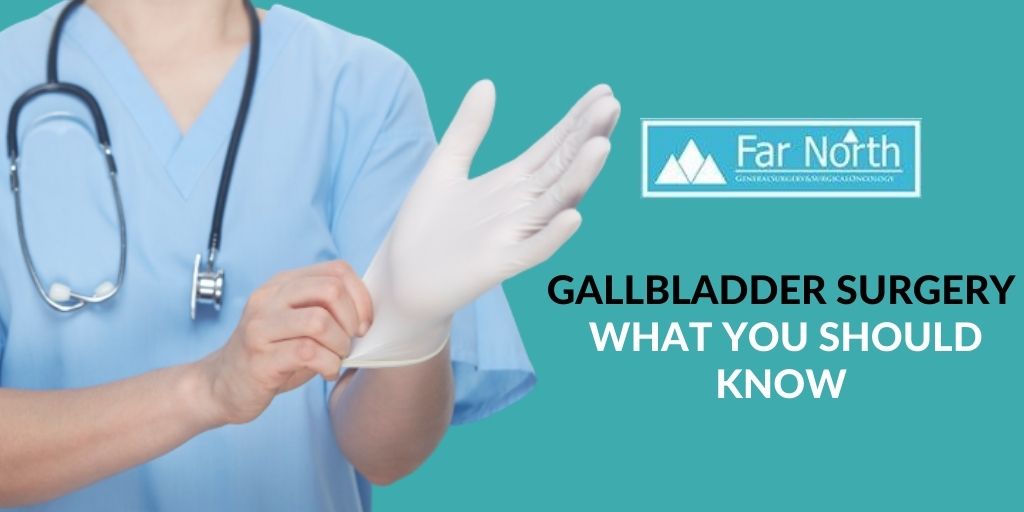


Gallstones are the most common reason for gallbladder surgery. However, there may be other reasons like inflammation of the gallbladder (cholecystitis) or even large polyps, which may necessitate gallbladder surgery.
Before the Surgery
Following are a few pre-operative measures that you will have to follow before cholecystectomy:
During the Surgery
Depending on the methods and instruments of operation, gallbladder surgery can be:
Open Surgery
It is the traditional method of making a large incision to get a full view of the gallbladder.
Tests
Though most preliminary tests are performed before the surgery, a few tests will have to be performed either immediately before or during the gallbladder surgery. These are:
Here a dye is injected into the bile duct, and an X-ray (cholangiogram) is taken to determine the presence of stones.
Performed as an alternative to cholangiogram, the purpose of this test is to locate the common bile duct and common hepatic duct to prevent any accidental surgical damage.
Steps Involved in Gallbladder Removal
Laparoscopic or Robotic Surgery
The following steps performed are common to both laparoscopic and robotic surgeries. The only difference is that the latter makes use of a computer-operated robot while in the former the surgeon makes use of his hands:
Open Surgery
It involves a much larger incision (6-inch) made in the abdomen. When pulled back, the muscle tissue reveals the gallbladder, which is removed using comparatively larger surgical instruments. After the removal, the incision is dressed and the patient is transferred to the recovery room.
After the Surgery
Resuming Normal Activities
In the case of laparoscopic or robotic surgery, normal non-strenuous activities may be resumed within 1 to 2 weeks, whereas a gap of at least a month is advised before indulging in heavy, physically demanding jobs.
In the case of open surgery, a rest of 4 to 6 weeks must be taken before resuming normal activities. In either case, it is always advisable to consult your healthcare provider before resuming normal activities.
To learn more about gallbladder surgery, contact us.